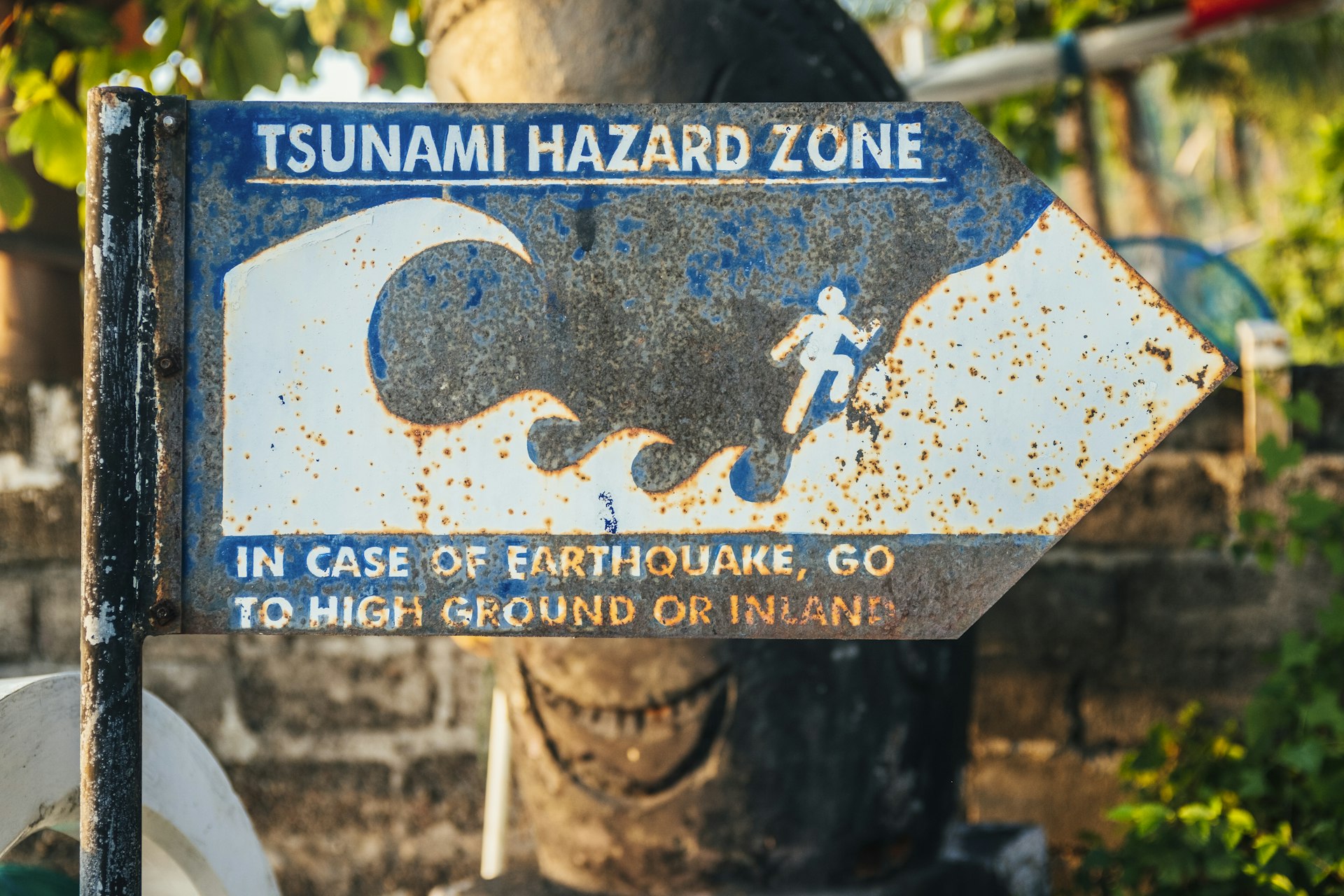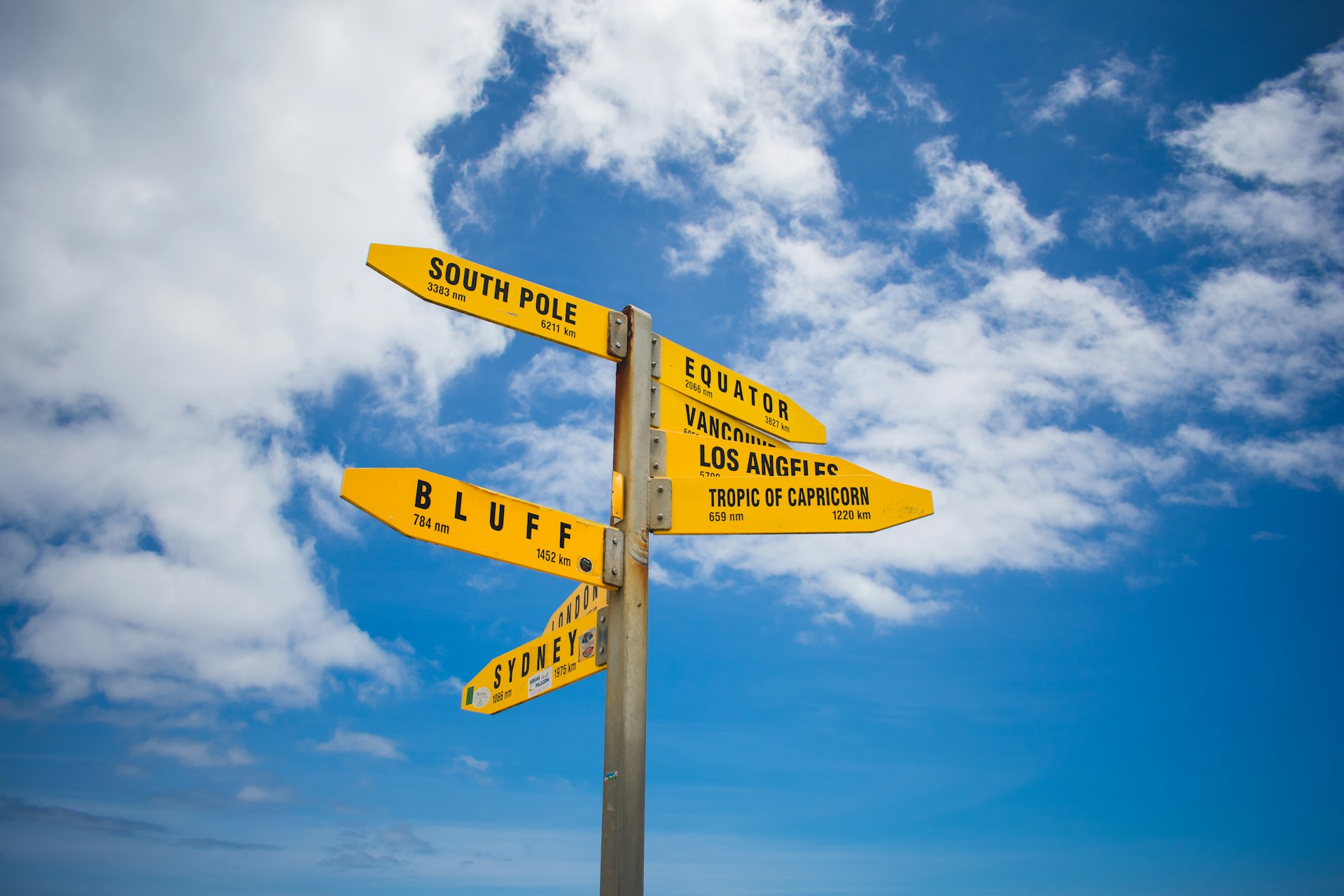How Travel Restrictions Shape Regional Economic Resilience: Lessons and Action Steps

Photo by Adolfo Félix on Unsplash
Introduction
The introduction of travel restrictions-whether as crisis response or policy tool-has had profound and uneven impacts on regional economies around the globe. From plummeting tourism revenue to disrupted supply chains and changes in consumer behavior, these measures have forced local governments, businesses, and communities to rethink economic resilience. Understanding these impacts is crucial for developing strategies to adapt, recover, and thrive in an unpredictable global landscape.
The Immediate Economic Shock: Tourism-Dependent Regions Hit Hardest
Travel restrictions imposed during the COVID-19 pandemic led to an unprecedented collapse in international and domestic mobility. According to the World Tourism Organization, international tourist arrivals dropped by 73% in 2020, representing approximately 1 billion fewer travelers compared to 2019. This resulted in the potential loss of between 100 and 120 million direct tourism jobs, disproportionately affecting regions whose economies are heavily reliant on tourism and hospitality services [1] .
Case studies highlight the scale of this impact. For instance, economies such as Grenada and Macao experienced GDP contractions of 13% and 56% respectively, despite reporting minimal COVID-19 cases. The main driver was the collapse of tourism exports and related services. In contrast, countries with more diversified economies or a greater focus on domestic tourism experienced comparatively milder contractions [1] .
For regions with high tourism dependence, the shock extended beyond hospitality jobs to sectors like retail, transportation, and cultural industries. Small businesses, in particular, faced acute cash flow crises, layoffs, and business closures. The ripple effects were felt across supply chains, local governments, and households reliant on tourism income.
Broader Economic Disruption: Trade, Labor, and Investment
The negative impact of travel restrictions extended to broader economic outcomes, particularly in regions integrated into international trade. Industries tied to both tourism and trade, such as transport, logistics, and food services, suffered significant reductions in income and employment. Research shows that while sectors like tourism and hospitality saw the greatest setbacks, the effects on financial market indicators (e.g., stock indexes) were more mixed-sometimes even positive, as investors anticipated a quicker resolution to the health crisis [2] .
The degree of impact varied according to regional characteristics:
- Tourism Significance: Countries like Australia and Thailand, with large tourism sectors, experienced greater economic losses compared to nations with more diversified economies.
- Industrialization and Digital Readiness: Regions able to rapidly pivot to digital solutions, such as Singapore, experienced less severe economic contraction. By contrast, economies more reliant on non-digital sectors (e.g., manufacturing, agriculture) faced greater challenges adapting [2] .
For local businesses, the sudden halt in regional and international movement led to workforce shortages, disrupted supply chains, and stalled investment projects. Many regions saw skilled workers migrate or shift industries, further complicating recovery efforts.
Domestic Tourism: A Safety Net and Recovery Pathway
With international mobility restricted, many governments and businesses turned to domestic tourism as a buffer against economic freefall. The expansion of domestic tourism was fueled by pent-up travel demand, new preferences for local destinations, and ongoing border controls. In regions where domestic tourism infrastructure was robust, this shift helped offset some losses from international visitors [3] .
However, the success of this adaptation depended on several factors:
- Per Capita Income and Wages: Areas with higher local incomes saw stronger domestic tourism demand, while lower-income regions struggled to stimulate travel.
- Distance and Accessibility: Regions closer to major population centers recovered more quickly, whereas remote destinations continued to face demand shortfalls.
- Environmental and Health Factors: Ongoing outbreaks and localized restrictions periodically dampened recovery, causing volatility in tourism demand [3] .
Regional authorities seeking to stimulate domestic tourism can consider the following action steps:
- Invest in marketing and infrastructure improvements tailored to local travelers.
- Develop packages and incentives that encourage overnight stays and off-peak travel.
- Coordinate with local businesses to create integrated tourism experiences (e.g., food, culture, outdoor recreation).
- Monitor health and safety protocols to maintain traveler confidence.
To access funding or support for tourism recovery, regional governments and businesses can search for national or local tourism grants and programs. Start by visiting the official tourism department website for your state or country, or contact your local chamber of commerce for guidance on available resources.
Workforce and Business Adaptation: Digital Transformation and Resilience
Regions with higher levels of digital infrastructure and business agility weathered travel restrictions more effectively. In Singapore, for example, businesses quickly adopted digital platforms for booking, remote work, and online retail, mitigating the drop in in-person activity. Regions less able to pivot to digital models, such as those heavily reliant on manufacturing or agriculture, faced greater difficulties [2] .
Actionable steps for businesses and local governments include:

Photo by Denise Jans on Unsplash
- Invest in digital tools for marketing, sales, and remote service delivery.
- Partner with technology providers to access training and technical support.
- Encourage workforce upskilling in digital literacy, hospitality, and health and safety.
- Explore alternative business models, such as local e-commerce, virtual events, and remote tourism experiences.
To find digital transformation grants or training programs, you can search for ‘small business digitalization grants’ or contact your regional economic development agency. Many countries and regions offer dedicated support for digital adoption in the business sector.
Policy Lessons and Steps Toward Economic Recovery
The economic impact of travel restrictions is not uniform. Policy responses should be tailored to the characteristics of each region, accounting for dependence on tourism, economic diversity, and digital readiness. Effective strategies may include:
- Targeted support for the most affected sectors, such as hospitality and transport.
- Incentives for businesses to adopt digital models and diversify revenue streams.
- Investment in local infrastructure to boost domestic tourism and resilience.
- Clear communication and coordination between public and private sectors.
For local governments and businesses seeking recovery support, consider the following guidance:
- Visit your official tourism or economic development department website for up-to-date information on grants, loans, and technical assistance.
- Contact your local chamber of commerce or industry association for networking and support resources.
- Monitor government announcements for new policy measures and funding opportunities related to economic recovery.
Recovery is a long-term process. By leveraging lessons learned from recent disruptions, regions can build greater economic resilience and adaptability to future shocks.
Conclusion: Building Resilient Regional Economies
The economic shock of travel restrictions has underscored the need for diversification, innovation, and coordinated policy action . Regions most heavily reliant on tourism and face-to-face industries were hardest hit, but those able to pivot toward domestic markets and digital solutions showed greater resilience. For policymakers, business leaders, and community stakeholders, the path forward involves investing in adaptive capacity, supporting workforce transition, and fostering collaboration across sectors.
To explore recovery opportunities, contact your regional economic development office, search for business support programs, and participate in local resilience planning initiatives. For the most accurate and current information, always refer to official agency websites and verified government resources.
References
- [1] Brookings Institution (2021). The COVID-19 travel shock hit tourism-dependent economies hard.
- [2] Bazak, Y.L. et al. (2024). The economic impact of international travel measures used during the COVID-19 pandemic.
- [3] Ma, X. et al. (2024). Assessing the reactions of tourist markets to reinstated travel restrictions during the COVID-19 recovery period.
MORE FROM realtyexperts.ai













